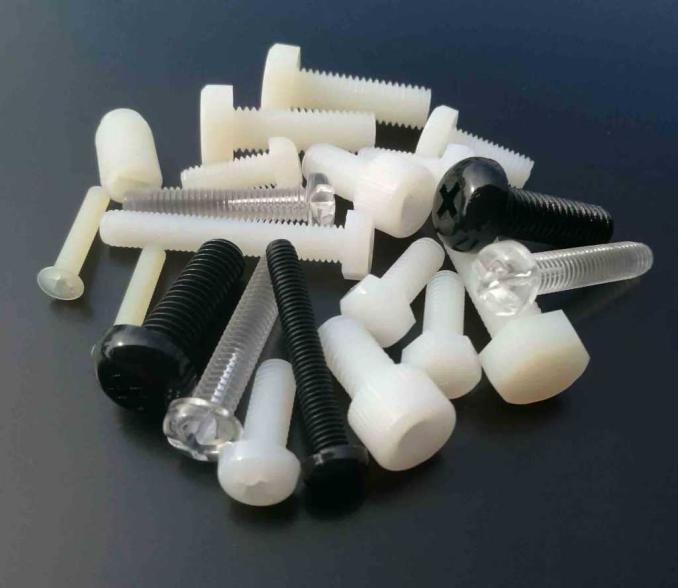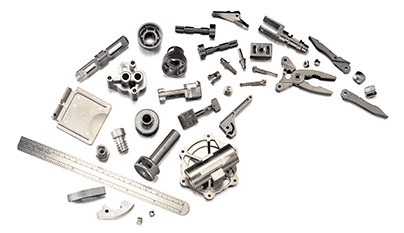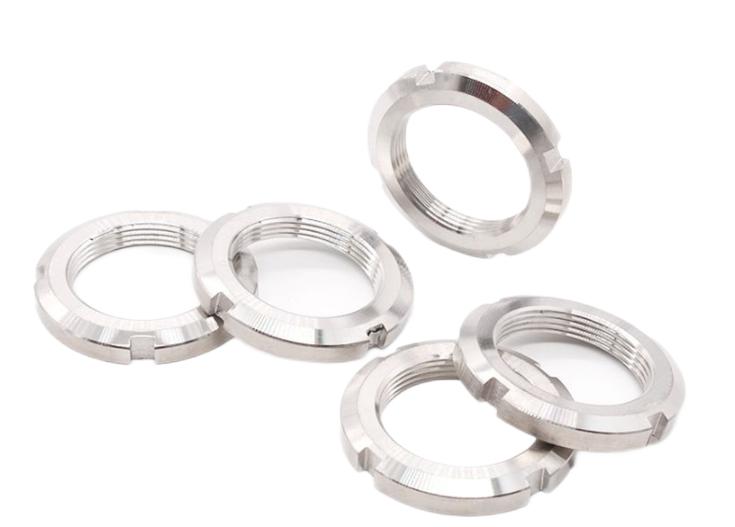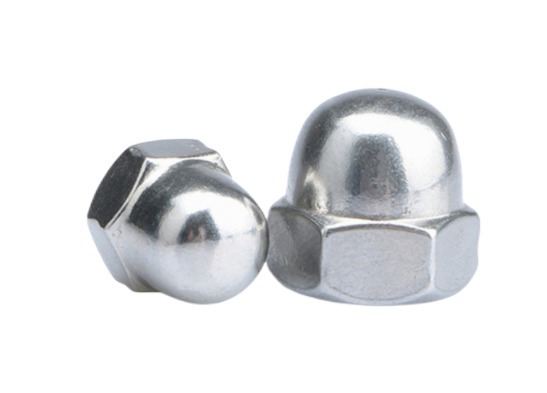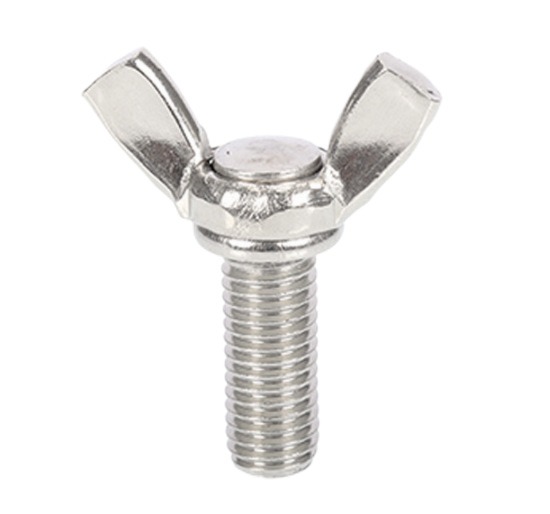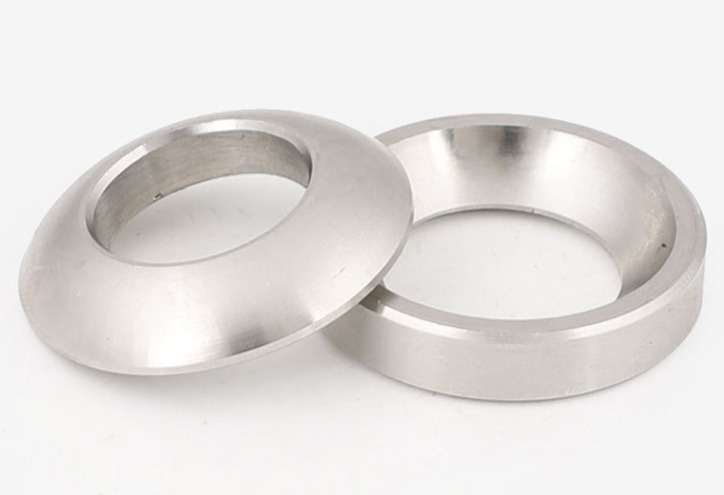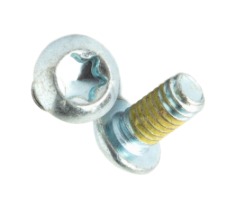Why Choose the Injection Molding Process?
Injection molding is a manufacturing process used to create a wide range of products, from automotive parts to toys and medical equipment, why select the injection molding process what are the advantages and disadvantages? What are the developments of the injection molding process, In this article, we’ll discuss these topics.
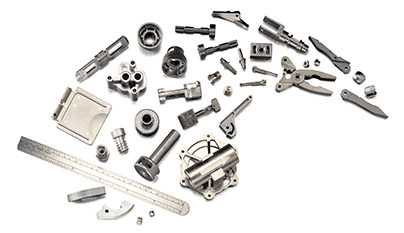
Applications of Injection Molding Process
Automotive Industry
The injection molding process is widely utilized in the manufacture of automotive elements such as dashboards, bumpers, door panels, and interior trimmings.
Packaging Business
The injection molding method is used to make packaging materials like bottle caps, closures, containers, and packaging inserts.
Consumer Products
Toys, food utensils, electrical gadgets, and household appliances are all manufactured using the injection molding method.
Medical Industry
The injection molding process is used to make medical equipment such as syringes, surgical tools, and medical implants.
Aerospace Industry
The injection molding process is used to create lightweight components for the aerospace industry such as ventilation ducts, seat components, and structural components.
Electrical Industry
The injection molding process is used to make numerous components for the electrical industry such as electrical enclosures, circuit breakers, and connections.
Advantages and Disadvantages of Injection Molding Process
Advantages
Efficiency
The injection molding process is extremely efficient, allowing businesses to make huge quantities of identical parts in a short period of time.
Precision
injection molding allows for the production of complicated shapes with extremely high precision and accuracy, which is difficult to achieve with other manufacturing processes.
Versatility
Injection molding can be used to make a wide range of products, from small parts to huge components, and in a number of materials, including thermoplastics, thermosetting polymers, and elastomers.
Cost-effective
Once the molds are created, the process can be a low-cost manufacturing method, particularly for large production runs.
Minimal waste
Injection molding generates extremely little waste since any extra material may be recovered and reused in the next production cycle.
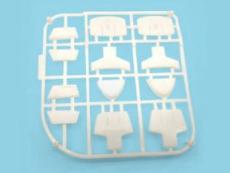
Disadvantages
High upfront costs
The initial expenditure necessary for injection molding machinery and equipment can be large, especially for smaller businesses.
Design constraints
The injection molding process necessitates certain design considerations like as draft angles and wall thickness, which might limit manufacturers’ design alternatives.
Material constraints
The injection molding process is often confined to a small number of materials, which can be a disadvantage if a specific material is required for a product.
Time to market
The process of creating and manufacturing molds can be time-consuming, causing production timelines to be pushed back.
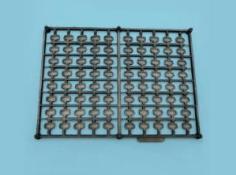
Trends and Innovations in Injection Molding Process
Advanced Materials
The injection molding process is no longer confined to classic materials like thermoplastics but has evolved to encompass innovative materials including biodegradable polymers, thermoplastic elastomers, and composites.
3D Printing Innovation
The use of 3D printing technology in the injection molding process has enabled the fabrication of bespoke molds and prototypes, resulting in shorter lead times and lower prices.
Automation
Robotics and artificial intelligence are being used to improve production speed, quality, and consistency in the injection molding process.
Sustainability
Injection molding is reacting to the growing demand for ecologically friendly and sustainable products by using eco-friendly materials, minimizing waste and carbon emissions, and recycling and repurposing resources.
Multi-component Injection Molding
Multi-component injection molding is gaining popularity because it allows for the manufacture of complicated pieces made of multiple materials and colors in a single mold.
Micro Molding
Micro molding technology is getting increasingly sophisticated, allowing for the high precision and accuracy manufacture of small, complicated components such as medical implants and electronic gadgets.
Digitalization
The use of digitalization in injection moldings, such as simulation software and digital twins, is becoming increasingly common, allowing manufacturers to optimize designs, production processes, and product performance.
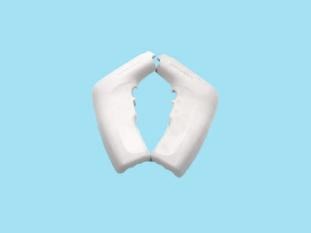
Summary
The injection molding process is becoming increasingly used in a variety of industries. It is an ever-changing production process that is always being improved through innovations and technical development.

